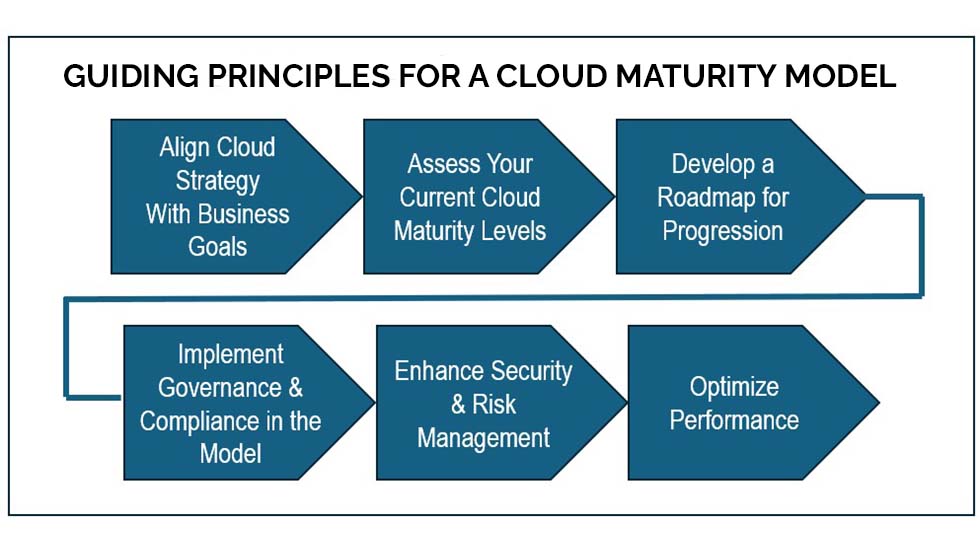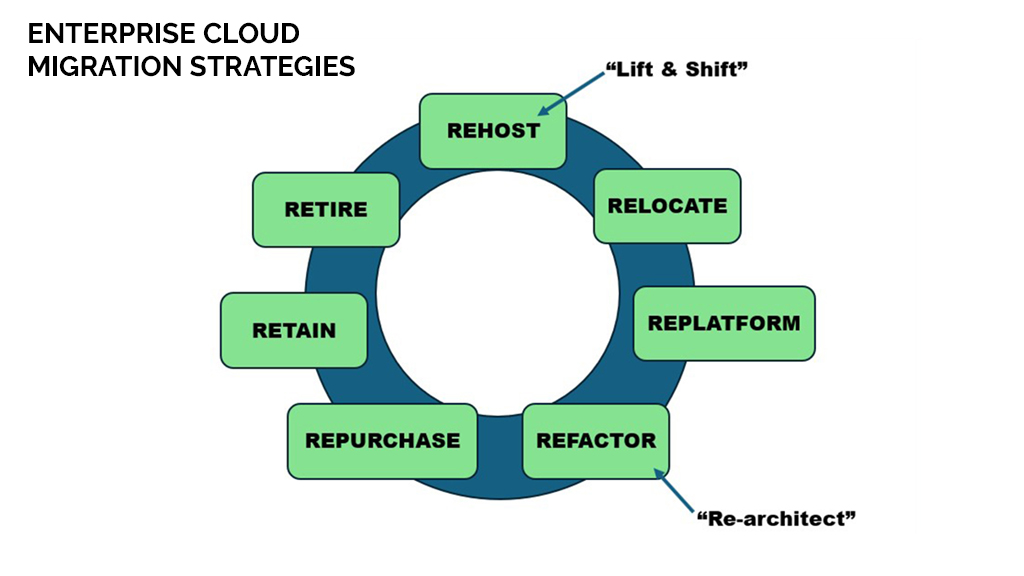Avoiding Cloud Migration’s Pitfalls
Proper planning is key to avoiding effects of ‘cloud stall’

Many organizations use the cloud to augment traditional data center capabilities. Such complementary uses often include storage, data processing and records management, such as HR or taxes.
According to World Wide Technology, 90% of business organizations will leverage the cloud at some level. Half or more of businesses surveyed said they are shifting IT budgets to cloud, and nearly two-thirds are already at some level of cloud deployment.
Cloud Stall
All these efforts mean workflows are rapidly changing, despite the fact that cloud migration can be complicated. When shifting to the cloud or an adoption initiative slows down (or, in some cases, grinds to a halt), this is referred to as “cloud stall,” which can be debilitating and embarrassing across the board. Therefore, adopting a “cloud strategy” is essential to mitigating the potential impact of cloud stall.
Missing the planning portion of cloud implementation often results in misconfigurations and usually leads to suboptimal cloud deployments. Eventually, the organization will find itself needing to backtrack and correct various errors—sometimes with lengthy downtimes or costly reworks.
Cloud Maturity Model
The modern digital transformation, for business or private purposes, has almost completely shifted to the cloud. Successfully reaching this transformation—whether you’re new to cloud or you’ve already invested in a public, private or hybrid deployment model—could very well depend on your ability to systematically reach and mature your cloud capabilities.
A “cloud maturity model” (CMM) is a framework that helps organizations assess their current cloud capabilities and identify areas for improvement as they adopt and utilize cloud services. This model (Fig. 1) outlines distinct stages of progress, each with increasing levels of cloud usage and optimization; you start out small and add capabilities until the model develops into a mature, functional solution that meets the needs of the business and its activities.
A cloud solution is not an overnight activity; it can and often will require many iterative processes or stages. Technologies available today may become inefficient or even obsolete during workflow development and utilization.
The professional video industry's #1 source for news, trends and product and tech information. Sign up below.
Given the broad reach and capabilities of the varying technology stacks, it can be challenging to properly and efficiently harness the cloud’s potential. Many who “go at it on their own” find themselves making mistakes such as:
1. Lack of Adequate Cloud Security: As the organization rushes to migrate its applications to the cloud, it may find the oversight of robust security measures ends up exposing sensitive data to potential threats, including data breaches, unauthorized access or even service disruptions.
2. No Proper Strategy for Monitoring and Maintenance: Failing to establish proper protocols, including monitoring tools and maintenance procedures, can result in performance bottlenecks, outages and a compromised user experience.
3. Inadequate Backup and Disaster Recovery Plans: Envision an engineer who assumes that data stored in the cloud is inherently secure. The team, therefore, doesn’t implement robust backup procedures. Actions, including accidental deletions, cyberattacks or system failures, could expose the absence of a backup plan, which could result in irretrievable data loss.
4. Insufficient Employee Training: Lack of sufficient and proper training is a common cloud deployment mistake that cloud startup managers often overlook. Administrators and managers might assume a team can rapidly adapt to new cloud tools and services without comprehensive training. Such misconceptions often lead to a significant gap in skillsets in various segments of the business units and staff.
5. Not Understanding Cloud Costs: This is a common mistake and will eventually result in a costly impact. Teams often don’t recognize costs and may overlook the nuances of cloud pricing models, underestimating the financial implications of their deployments. This can result in a cycle of reactive cost optimization, i.e., scrambling to rein in expenses after they’ve spiraled out of control.
6. Rushing Cloud Migration: The excitement around the “cloud promise,” such as improved scalability or flexible agility, could lead teams to not thoroughly assess their readiness for the cloud environment and, in turn, hastily migrate applications with improper parameters or useless end results.
By rushing into cloud migrations, poor results with cost overruns may occur. To mitigate this possibility, engineers and startup founders should prioritize cloud implementation processes using a comprehensive planning procedure, sometimes provided by a third party skilled in the steps and stages of cloud implementation for your business type.
7. Improper Resource Allocation: A common stumbling block for engineers, administrators and startup founders is not providing adequate resources (people, materials, testing, etc.). This could also include the overprovisioning of server resources in anticipation of much higher demand than materializes in reality. These startup errors could risk losing customers and damaging your reputation as users experience a subpar application performance.
Mitigating
“On average cloud deployments don’t go well,” as was quoted in a CIO article in 2015. Back in those days, “70% of the implementations required changes,” “43% of the cloud projects failed or stalled” and “close to half required an increase in budget within six months,” according to THINKstrategies and INetU surveys on enterprise migration to the cloud.
Things have changed dramatically in the past decade and success rates are much higher now. Nonetheless, mitigating common cloud deployment mishaps is essential for ensuring the success, security and efficiency of any cloud-based implementation. Fig. 2 shows some examples for consideration that might make sense when looking to move your organization to the cloud or “re-architecting” an existing platform into a more mature solution set.
Whatever your situation, look thoroughly and plan appropriately for both the immediate and long-term activities your organization must address and seek advice accordingly to alleviate risk and failures.

Karl Paulsen recently retired as a CTO and has regularly contributed to TV Tech on topics related to media, networking, workflow, cloud and systemization for the media and entertainment industry. He is a SMPTE Fellow with more than 50 years of engineering and managerial experience in commercial TV and radio broadcasting. For over 25 years he has written on featured topics in TV Tech magazine—penning the magazine’s “Storage and Media Technologies” and “Cloudspotter’s Journal” columns.

